In this feature, we are asking our writers to choose the perfect flock for the back garden, one that is attractive, interesting, stable, harmonious and with a good level of egg production. This month: Terry Beebe
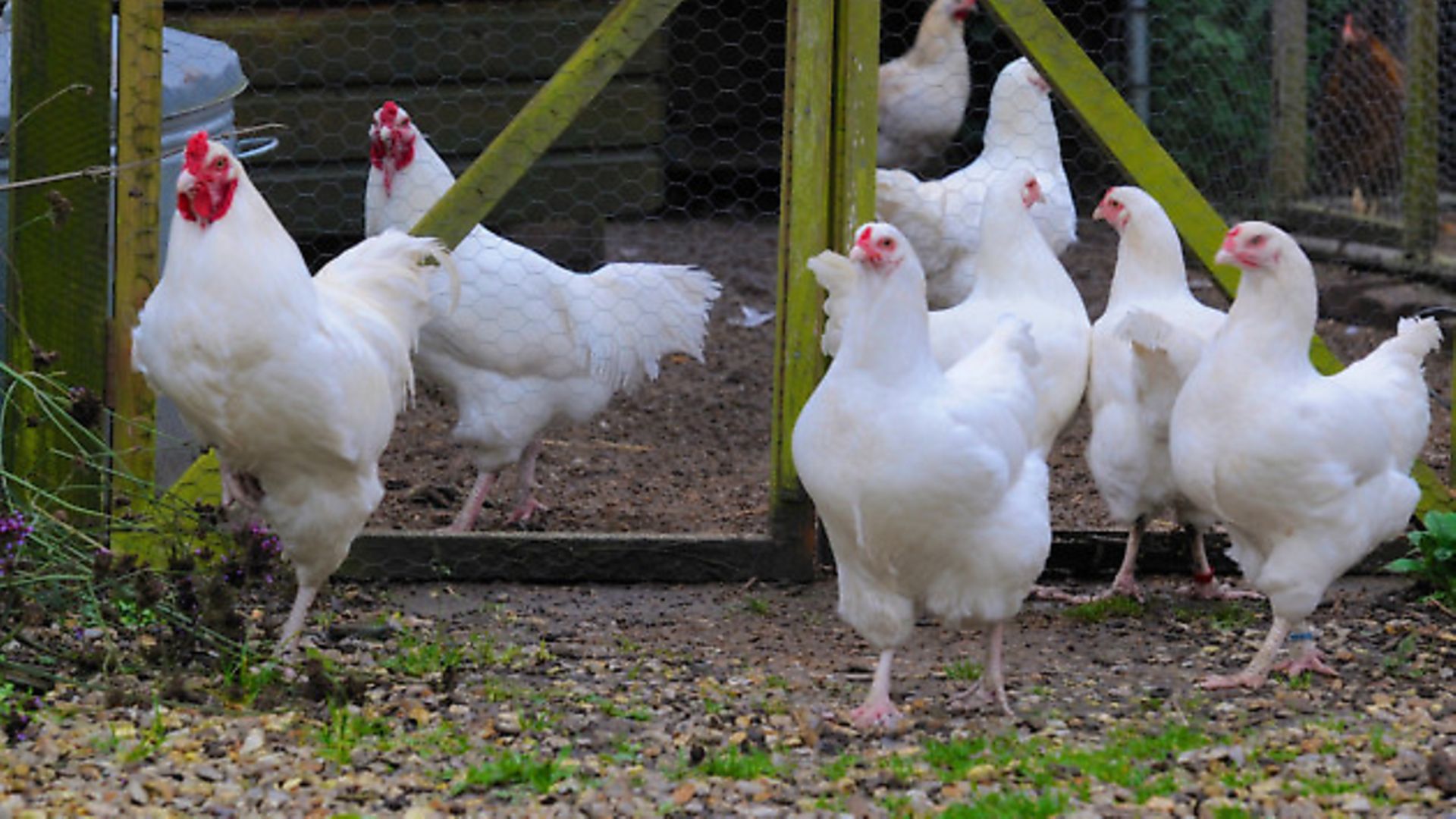
Selecting the perfect flock can depend on the individual’s circumstances. For me, the priority is to have birds that are good producers but also compatible with each other.
For production, the commercial birds are obviously the better bet as they are bred purely to produce eggs. But I am also a strong believer in the preservation of pure breeds. Keeping these alongside the hybrids helps to preserve pure breeds for the future and, if these are carefully chosen, they will also supply a good quantity of eggs.
When I first started with chickens I had some Rhode Island Reds but then moved on to keeping the Poland. This is a crested breed that is quite high maintenance. Over the years I kept and bred thousands and exhibited them all over the UK and abroad.
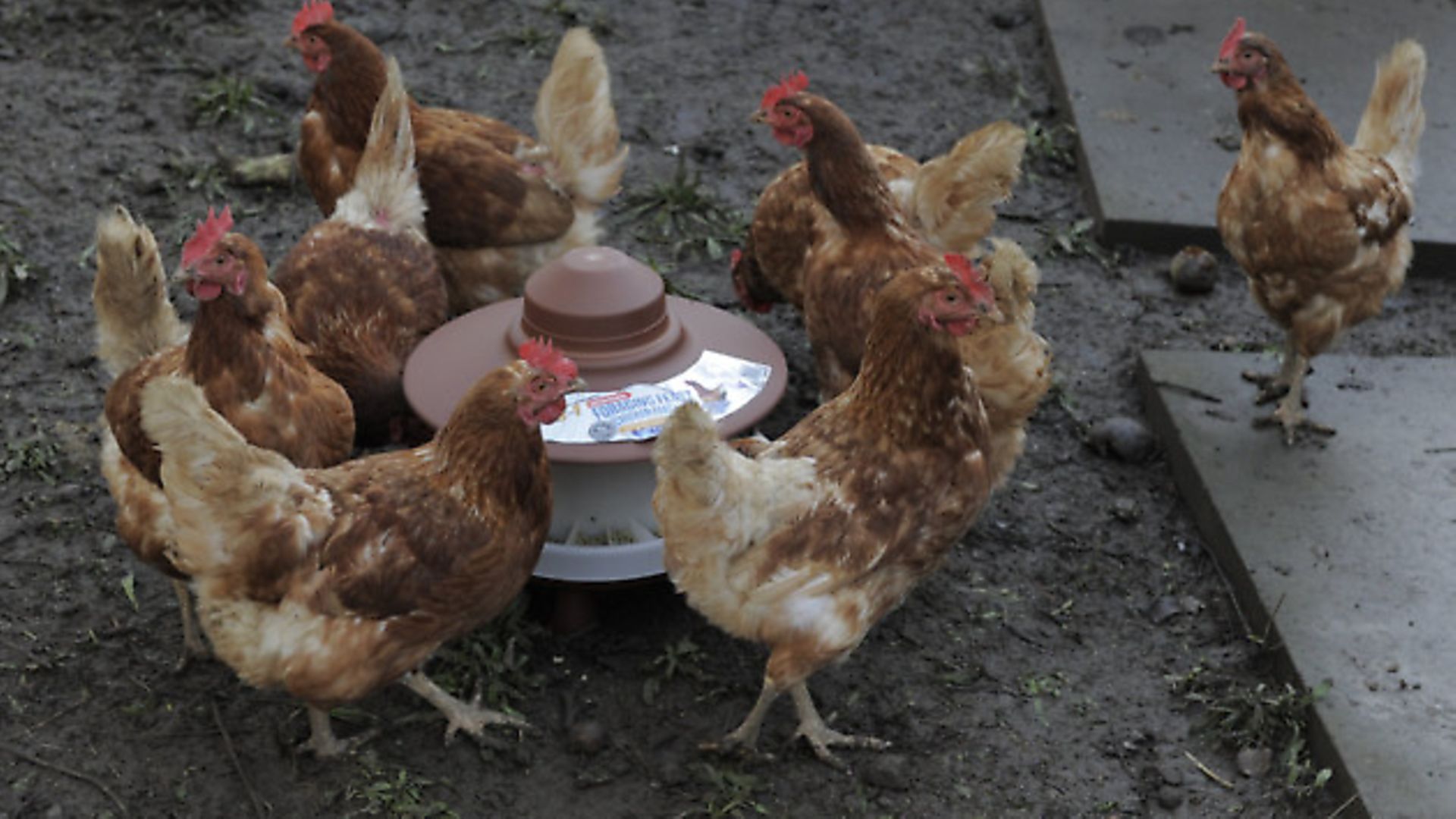
Although a stunning bird, the Poland is not suitable to keep as an egg producer and definitely no use as a meat bird. They are also quite high maintenance because of the feathering.
The choice of my favourite flock is based on years of experience with many different breeds as well consideration of what will work with my present requirements.
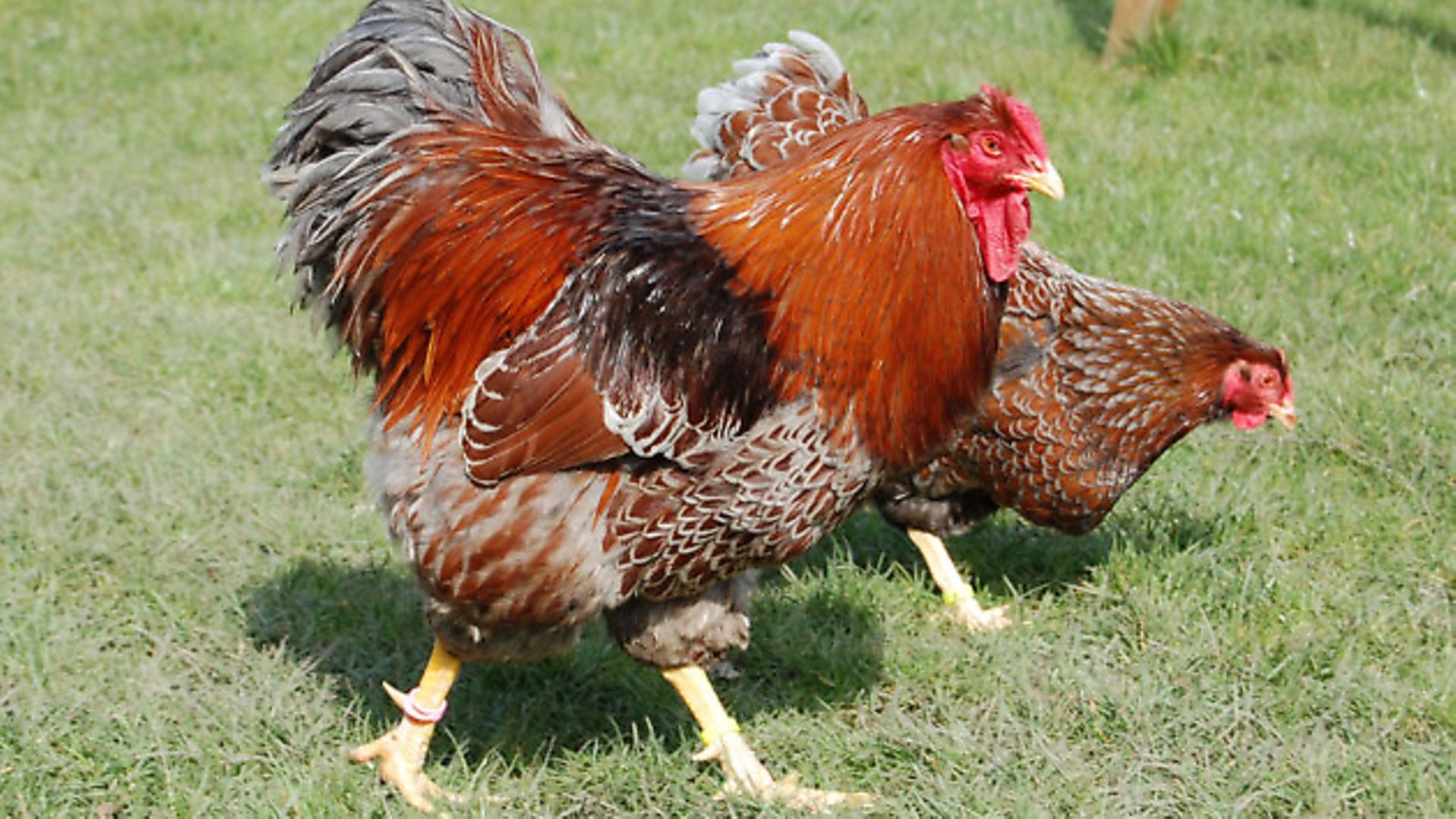
My choices
I would choose a flock that includes the 3-4 ISA Browns (hybrids), two Ixworths, two Rhode Island Reds (pure commercial hybrid), two Blue Laced Wyandottes, two Buff Orpingtons and the two large Light Sussex (pure commercial).
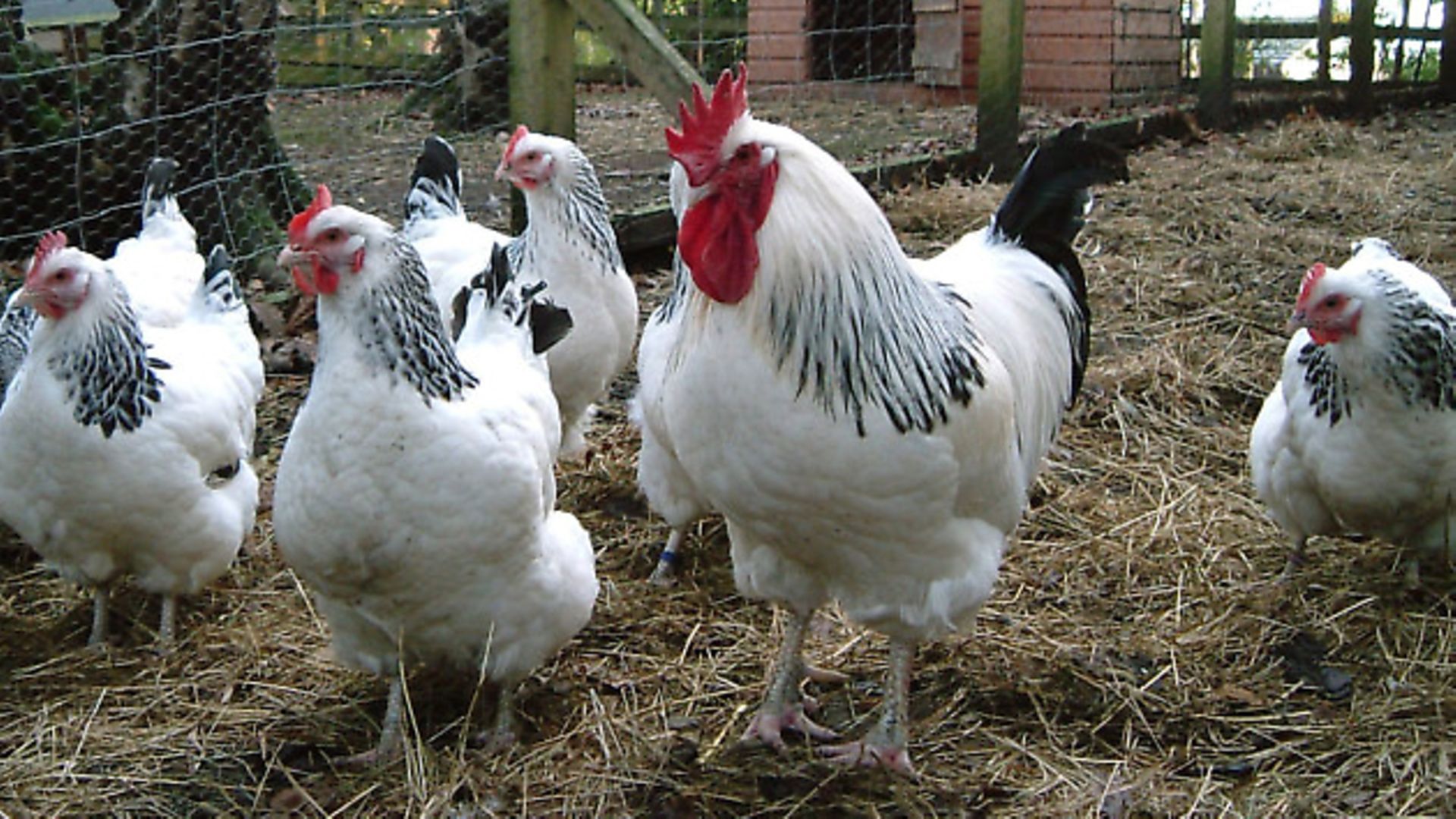
ISA Brown
My first choice would be this commercial breed (hybrid) purely for the egg production. It comes in various forms with various names, the most popular being the ISA/Loman Brown. These can be bought from many suppliers. As well as being perfect for egg supply, they are very friendly and mix reasonably well with other birds.
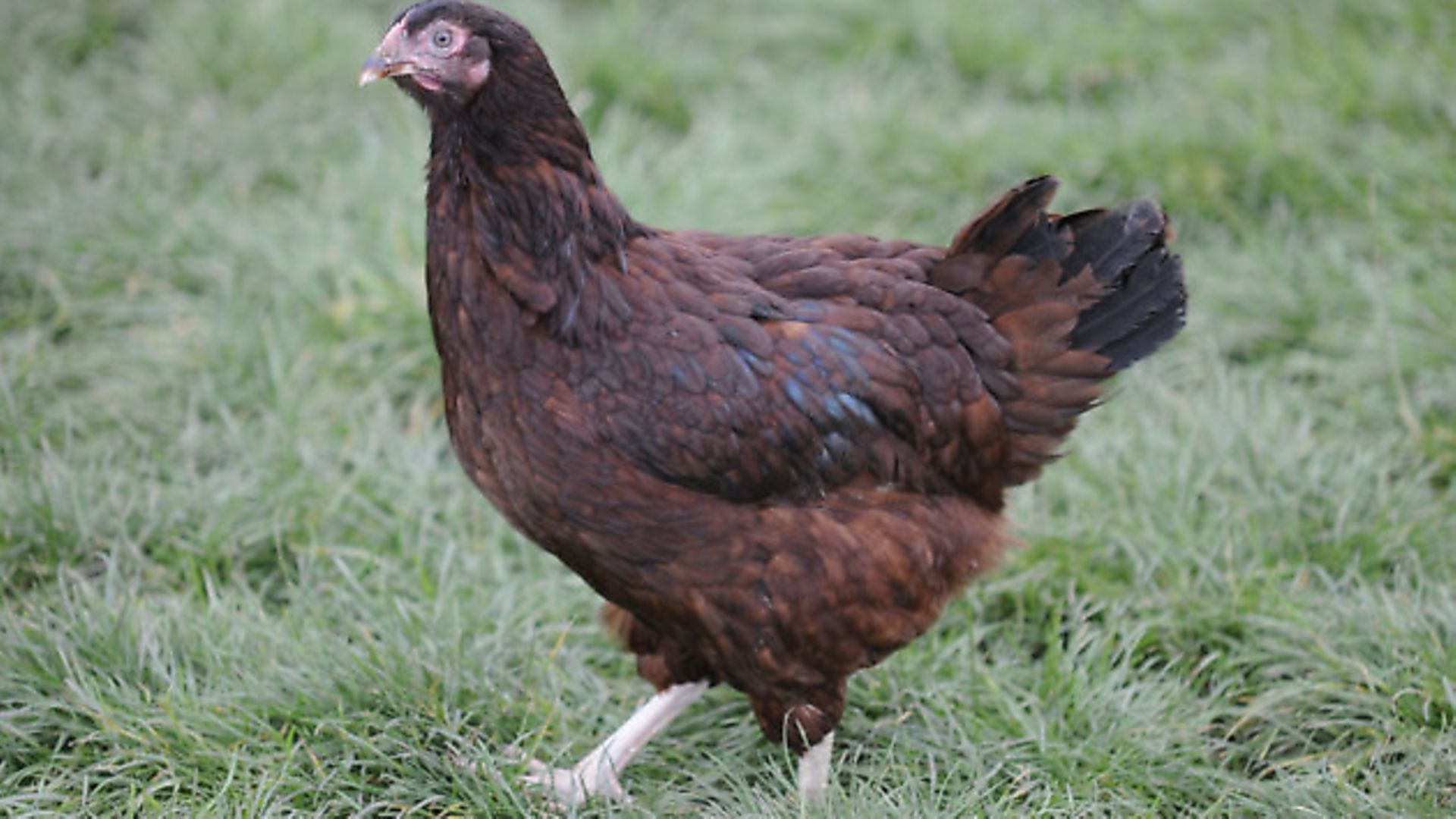
The Ixworth
This is a rare, old breed that was originally bred for both meat and eggs. Today it is still a very good dual-purpose breed. This breed was under threat and almost disappeared between 1950 and 1970. Thankfully, it has made a recovery and now has a much bigger following. The plumage is always white and the birds carry a pea comb. They are only slightly behind the Light Sussex in egg production and egg weight. They are well suited to free ranging.
Rhode Island Red
This is possibly the best-known breed in the world. It was developed in the in the 1890s by crossing a large number of breeds. It was created for both meat and eggs, arrived in the UK in 1903 and it has been popular ever since.
Rhode Island Reds have been a favourite of mine for many years. My grandfather kept them when I was a very young and I am sure that this was the start of my interest in poultry.
Light Sussex
These are available in both exhibition and commercial strain. There is also a copy hybrid version. All are generally good egg layers and are therefore a good addition to the flock.
The Sussex were prized table birds more than 100 years ago. The original colours were brown, red and speckled. The Sussex is bred to be a dual-purpose bird, and is one of the most productive and popular breeds we have today.
It is docile breed and can adapt easily. It can also be kept free range or in a confined environment.
Blue-Laced Wyandottes
This is a stunning breed and a reasonable egg producer. They are generally bred for exhibition but I would keep them anyway as they are a stunning addition to any flock. Wyandottes generally are a docile bird. The hens are excellent broodies and also make good mothers. They are quite easy to handle, which makes them perfect for the fancier and back-yard keeper. Although I have chosen the blue laced there is a large range of colours to choose from.
Buff Orpington
Orpingtons like to free range and they do have a tendency to go broody on a regular basis. The egg production is reasonable but not excessive (they lay a pinkish-coloured egg). The Orpington is a heavy but loosely feathered bird and this gives them the appearance of being larger than they actually are. They are reasonably easy to handle and are excellent for exhibition provided they are up to the breed standard.
Egg colour
I do not keep any breeds just to produce a certain colour of egg, but the breeds I have chosen all lay slightly different coloured eggs from white through to cream, beige and dark brown.
Things to consider
Having an assorted flock of compatible good laying hens is very rewarding. Many birds will mix without problems but a lot of thought needs to go into the selection. Mixing crested birds is not a good idea. Mixing bantams with large fowl is also not advised.
Light breed such as Leghorns can be flighty and so it can be a problem keeping them secure and safe from predators. Large heavy breeds are less likely to fly, making them easier to keep under control. There is nothing wrong with the light breeds, but always consider that they may need a pen with a secure roof to prevent them from escaping. If you are not sure what breed to select then ask an experienced keeper and that will help you to make the correct decision.
Image(s) provided by:
Archant
Archant
Archant
Archant
Archant







